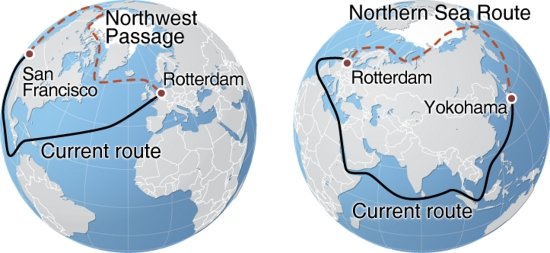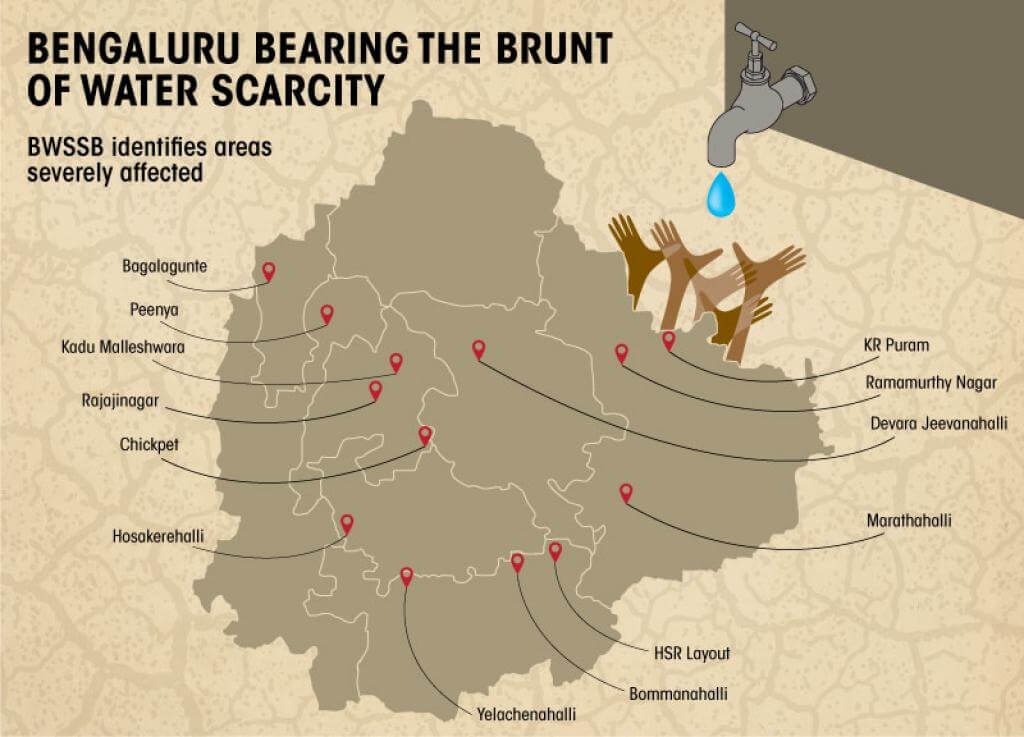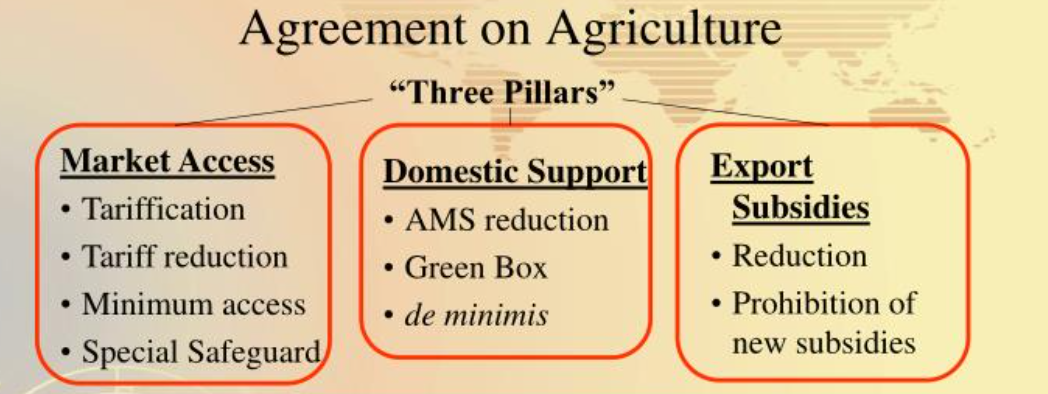
Tackling the Issues with Rainwater Harvesting
Subscribers of "Current Affairs" course can Download Daily Current Affairs in PDF/DOC
Subscribe to Never Miss an Important Update! Assured Discounts on New Products!
Must Join PMF IAS Telegram Channel & PMF IAS History Telegram Channel
- Context (DTE): Despite mandating rainwater harvesting (RWH) in all three mega-cities (Delhi, Bengaluru, Chennai) implementation struggles persist. This has led these cities towards Day Zero.
Measures taken to Install rainwater harvesting systems in the three mega-cities
- Bengaluru has mandated rainwater harvesting in residential colonies since 2010.
- In 2021, the Bangalore Water Supply and Sewerage Board (BWSSB) made it mandatory for buildings on sites measuring 60×40 feet and more.
- Chennai Metropolitan Development Authority (CMDA) mandated rainwater harvesting system designs in building plans since 2002.
- Delhi Jal Board (DJB) enforced RWH systems since 2012, with penalties for non-compliance and financial incentives for adhering to regulations.
- DJB offers financial assistance up to Rs 50,000 and a 10% water bill rebate for residents with adequacy certificates for their rainwater harvesting systems.
Challenges in implementing rainwater harvesting systems
- Communities are losing interest due to a lack of space and high installation costs.
- Weak enforcement and insufficient monitoring.
- Inadequate awareness and support for maintenance.
- Insufficient measures to prevent sewage contamination.
What needs to be done?
- Focus on community-level rainwater harvesting due to limited land availability for household RWH.
- Provide technical assistance and raise awareness about rainwater harvesting.
- Rejuvenating traditional rain harvesting structures like lakes, ponds, and temple tanks.
- Stringent guidelines for rainwater harvesting installation and maintenance, including piezometers for groundwater monitoring (National Green Tribunal Committee).
- City water authorities should conduct regular monitoring of structures and their impact.
- Implement both incentives and penalties to encourage communities to build effective RWH systems.
Sponge Cities
How can cities become ‘sponge cities’?
|




![PMF IAS Environment for UPSC 2022-23 [paperback] PMF IAS [Nov 30, 2021]…](https://pmfias.b-cdn.net/wp-content/uploads/2024/04/pmfiasenvironmentforupsc2022-23paperbackpmfiasnov302021.jpg)










